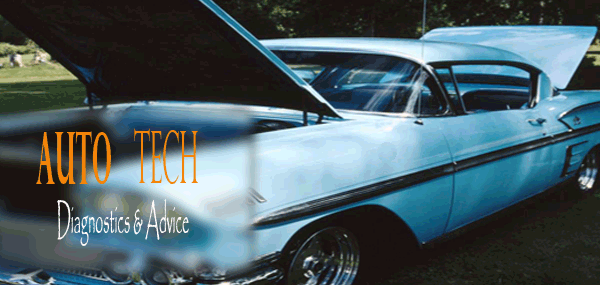
Master Cylinders
The brake master cylinder is the main cylinder responsible for pressurizing the fluid in the entire braking system. The master cylinder is said to be the heart of the braking system. Without the master cylinder, there would be no brakes. From the moment that the brakes are applied until the brakes are released, the master cylinder sends the brake fluid through the brake lines to a proportioning valve, which then disperses the brake fluid to each wheel. It's the pressure of the master cylinder, along with the brake fluid, that is responsible for the safe stopping of the vehicle.
A typical master cylinder includes a cylinder body, which houses a primary and a secondary piston, with a rubber piston cup on the end of each piston. Also the cylinder body includes a vent port and a replenishing port. As the force of your foot hits the brake pedal, the pistons and their cups travel through the bore of the cylinder. Then, the cups block off the vent port, causing the pressure to build in front of the piston as brake fluid fills the back of the piston through the replenishing port. It is important to always use approved brake fluid according to vehicle requirements and avoid filling the master cylinder above the maximum fill line on the reservoir bottle because brake fluid expands when the fluid heats up.

There are three basic designs that master cylinders use: the dual split master cylinder, the diagonal split master cylinder and the quick take-up master cylinder.
DUAL SPLIT MASTER CYLINDERS use one pressure building section for the front brakes and another pressure building section for the rear brakes.
DIAGONAL SPLIT MASTER CYLINDERS use one section of the master cylinder for the left front and right rear brakes, and the other section is used for the right front brake and left rear brakes.
QUICK TAKE-UP MASTER CYLINDERS are set apart by their large diameter primary pistons. This type of master cylinder is used on brake systems with low-drag disc brake calipers for "taking up" extra clearance that is between the pads and the rotor, so brake pedal travel is reduced.
In order for the master cylinder to function correctly, the brake’s hydraulic system needs to be free of any air that is trapped in or around any port or line.
The proceeding step-by-step instructions will assist anyone who is swapping out a master cylinder with another one. If you are not sure if the master cylinder is in need of replacement then refer to our brake inspection page for complete details on diagnosing the master cylinder.



Share